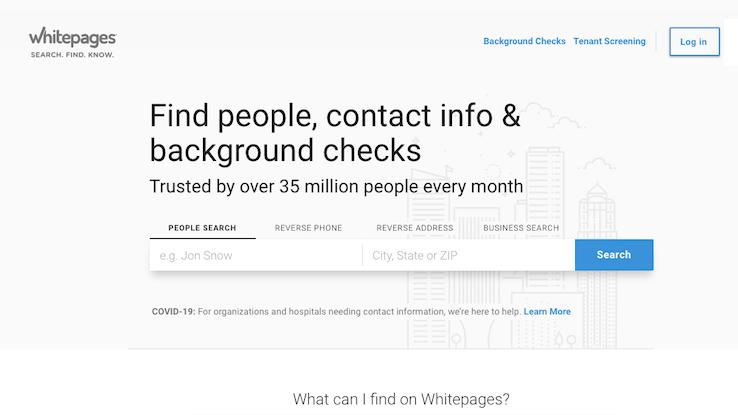How Do I Reverse Lookup a Phone Number?

In today’s world, many of us prefer communicating via email and text message — so much so that we might find it odd to get a phone call. And when we don’t recognize the number or don’t have it saved to our contacts list, it can be a little disconcerting. Who was that person, and what did they want? Instead of calling the number back directly — something you definitely don’t want to do if it turns out to be a telemarketer or scammer — you can try performing a reverse lookup on the number to figure out who was calling. Check out the basics of reverse lookups, including what they are and how to do them.
What Is a Reverse Lookup?
Years ago, most homes had gigantic, thick phone books sitting around — maybe you used one for a booster seat as a kid — that helped you find out information about a person if you only knew their name. Alphabetized by last name, these books allowed you to look up a person and find their phone number (and in some cases their address) so you could get in touch with them. A reverse lookup is the opposite of this process; instead of finding out a person’s phone number when you only know their name, you’re finding out a caller’s identity when you only know their phone number.

A reverse lookup is helpful in a number of ways. Of course, it can help you figure out who’s behind an unknown call you received, but it’s also useful if, say, you got a new phone and the names and numbers from your old contact list didn’t transfer over properly. If you’re getting frequent calls from the same number or numbers with an area code you don’t recognize and you suspect you’re dealing with a prankster or telemarketer, a reverse lookup can help you figure out whether it’s time to block the caller.
Google the Number First
If the number in question is one with an unfamiliar area code or a toll-free prefix like 1-800 or 1-866, it potentially isn’t someone you know. Start off by running a Google search on the number to see if you can find out any details. The owner of the number may be in the search results, and, in the case of a toll-free number, you might see right away what business or other organization uses the number. If the number legitimately belongs to a real business, it’s likely that that company’s official website or contact page will be one of the first search results.

Even if you don’t find the identity of the caller by Googling the number, the search may provide some other helpful details. Your results might include links to a forum or another site where people who answered calls from the number post details about who it was, such as whether it was a telemarketer or a scammer. This might end up being all you needed to know about the number, and you can choose whether or not to block it.
Try an Online Directory
Online directories are like digital versions of phone books and include typical information like people’s names and addresses, along with more detailed background information like their ages and relatives. One of the most popular online directories, Whitepages, offers a reverse lookup feature on its homepage that you can easily use to find out more about your mystery caller. Spokeo is another trustworthy service that works much in the same way.

Navigate to Whitepages.com and look for the “reverse phone” link above the name and location fields in the middle of the page. This brings you to a page where you can type the phone number into the field, click “search” and get any relevant results that are in the Whitepages database. Keep in mind that one of the downsides of this method is that it only works for landlines and numbers that are listed. If someone hasn’t chosen to list their cellphone number or has opted to delist their landline, an online directory like this won’t have records of the number.
Turn to Social Media
If searching with Google and browsing online directories don’t provide an answer, social media — specifically Facebook — is one more avenue to try. If your caller has their phone number attached to their account (and if their settings allow people to search for them by phone number) their profile should appear when you run a search on the number using the same field where you search for names. Even if you can’t visit the actual profile because of the security settings, if there’s a matching profile, it’ll show up as the first listing in your search results.

It’s possible the caller doesn’t have their number paired with their Facebook account or, in the case of a business or toll-free number, there’s no account set up. But take a look at other search results if you get any. If the caller is a scammer or telemarketer, it’s possible someone may have made a public post about it on a Facebook page, notifying others about the nature of the call. If you find a matching search result this way, take a look at what the original poster has to say about the number to find out more.





